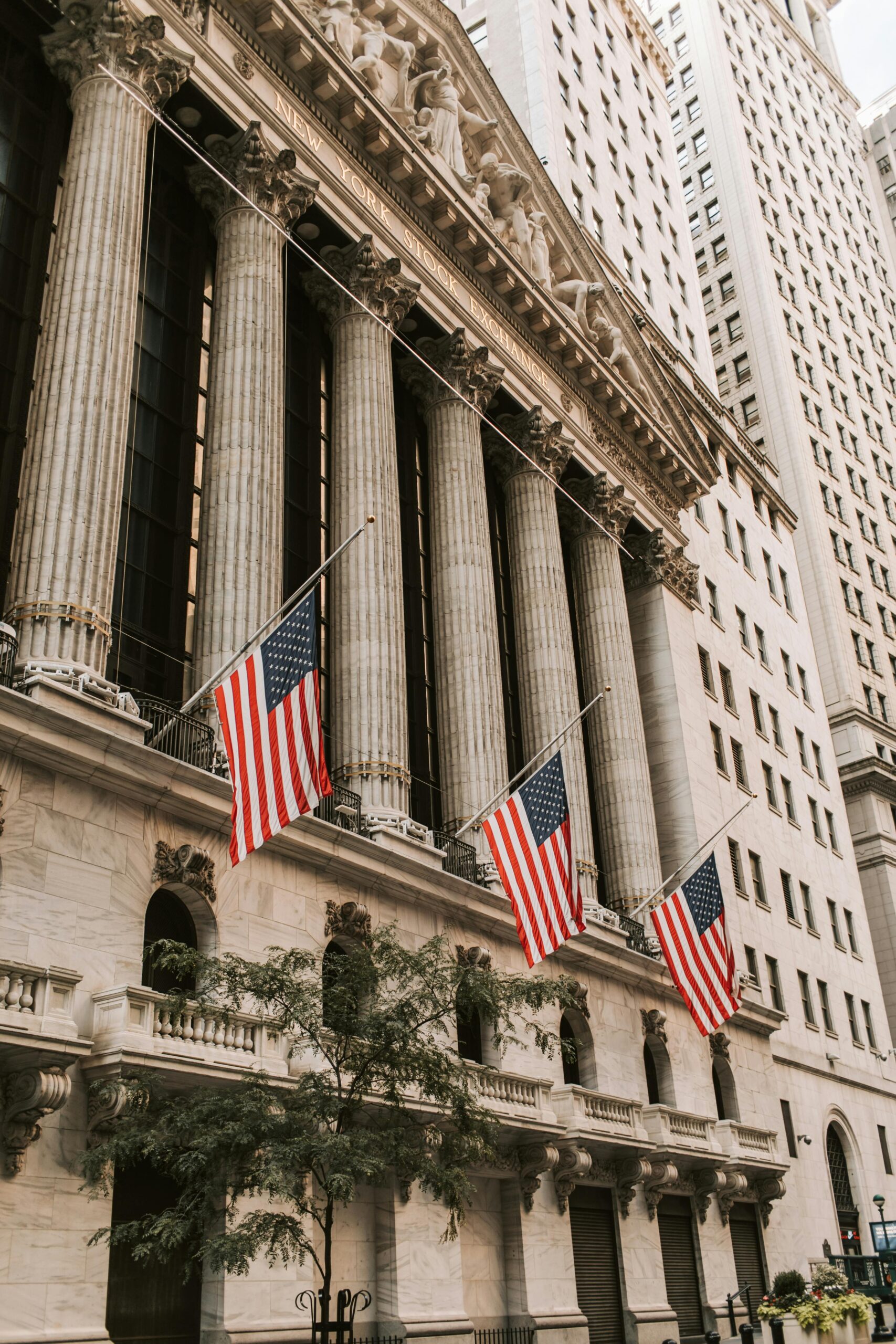I remember the first time I heard the sound of the tabla. I was sixteen years old and Zakir Hussain was doing a tour with Ravi Shankar and Anoushka Shankar in the mid-to-late 1990s. It was the first time I ever attended a classical Indian music concert and the sound waves washed over me and had me completely mesmerized. At the end of the concert, they were handing out black and white photos of Ravi Shankar and George Harrison of which I then hung up in my locker until the end of my high school career.
Source: Emirates 247
It wasn’t uncommon in our household to wake up to the sounds of Kishore Kumar and Lata Mangeshkar or Ravi Shankar and Zakir Hussain floating throughout our house on Saturday morning (complemented with the smell of chai). Of course, at the time, I thought this particular type of music sounded ‘funny’ and would block the sounds with my Pearl Jam or R.E.M. CD on my Discman (throwback!). But now my love for both the Indian Classical and the likes of Kishore Kumar are stronger than ever as they help me feel closer to my Indian roots.
Out of curiosity, I did some sleuthing on the origins of Indian classical music. Indian music is split up into two categories, Hindustani (North Indian) and Carnatic (South Indian). Indian classical music is constructed by ‘ragas’ and ‘talas’. While a gross oversimplification, Indian Classical music is less structured and rules-based than Western Classical and is based more around a school of thought and improvisation, rather than having a more formulaic approach. The Hindu asks the question of “Is Hindustani music more emotional and Carnatic music more intellectual?”
In Carnatic music, there is said to be 72 ragas (called Melakarta ragas) and neural research has shown these 72 raagas can impact corresponding nerves in the human body and has been proven to help patients who are healing. Carnatic music tends to be more vocal and devotional and it is said to have originated from Vedic literature of Hinduism. In the early 13th, Hindustani music was formed in northern India, with Persian and Arabic influences, blending with Hindu traditions.
“Hindustani music is a larger reflection of geographic cross-pollinations of the time with Persian invasion of North India and has many influences of Persian classical music,” states Nilan Chaudhuri, a professional tabla player based in San Francisco.
Indian music became popular in the West around the 1960’s when artists such as John Coltrane, The Beatles, Miles Davis, Grateful Dead, The Beatles started incorporating Eastern sounds and philosophies into their musical style. Sitar, named after Persian instrument ‘sehtar’, which means three string, is probably the most recognizable and popular instrument in Indian Classical music.
So while India is far away and I am only touching the surface of Indian music, I now find myself blissfully streaming Indian classical music on Pandora on Saturday mornings (yes, really), that not only evoke fond childhood memories, but also encapsulate a complex history, form, and feelings that make me feel so connected to India’s diverse culture and history.



 Backyard Pyar: A Unique Dating Experience for South Asian Singles
Backyard Pyar: A Unique Dating Experience for South Asian Singles Ringing in Change: Sakhi’s Historic Achievement
Ringing in Change: Sakhi’s Historic Achievement Good Indian Girl, Sort Of: Sonya Soni
Good Indian Girl, Sort Of: Sonya Soni